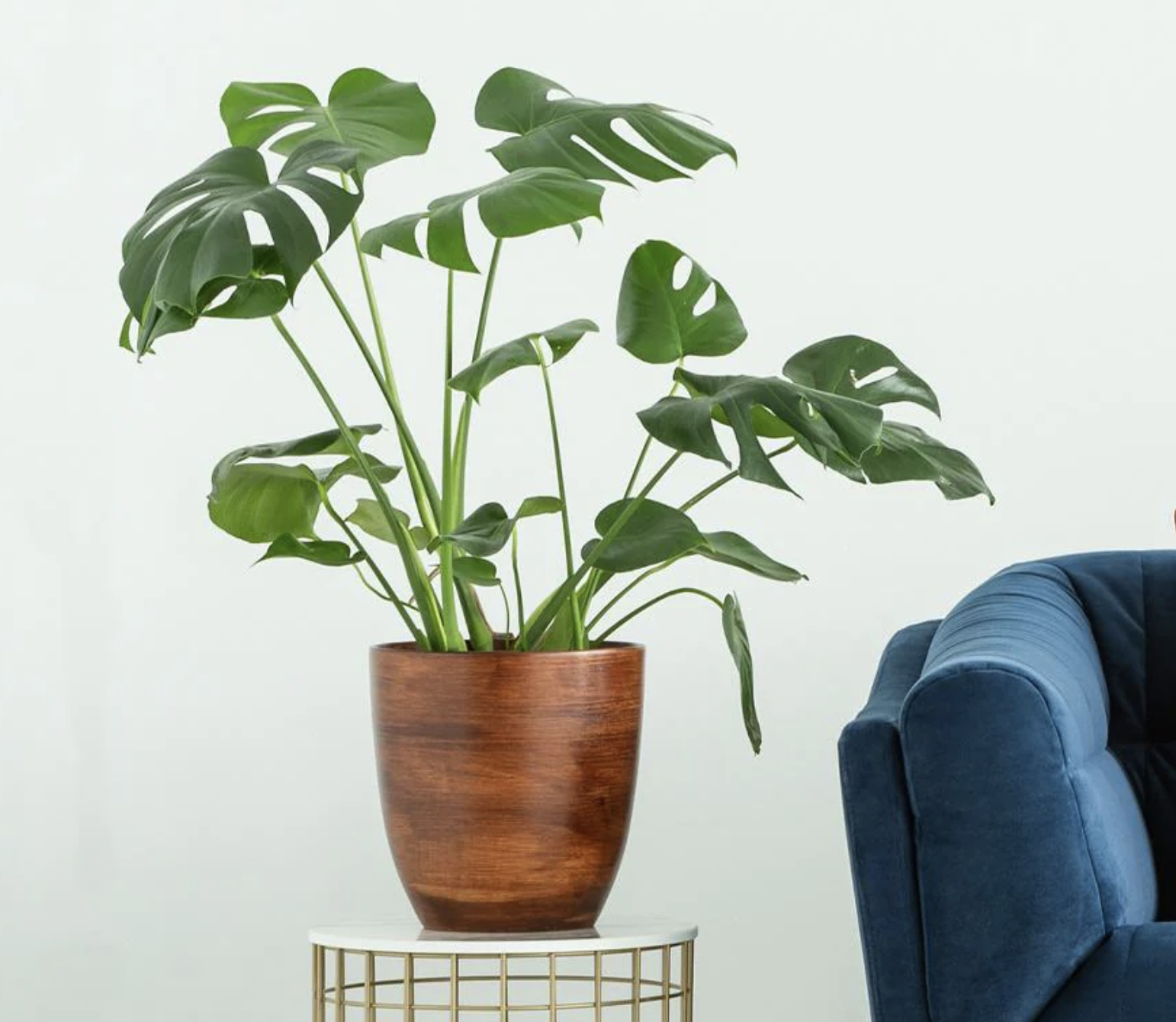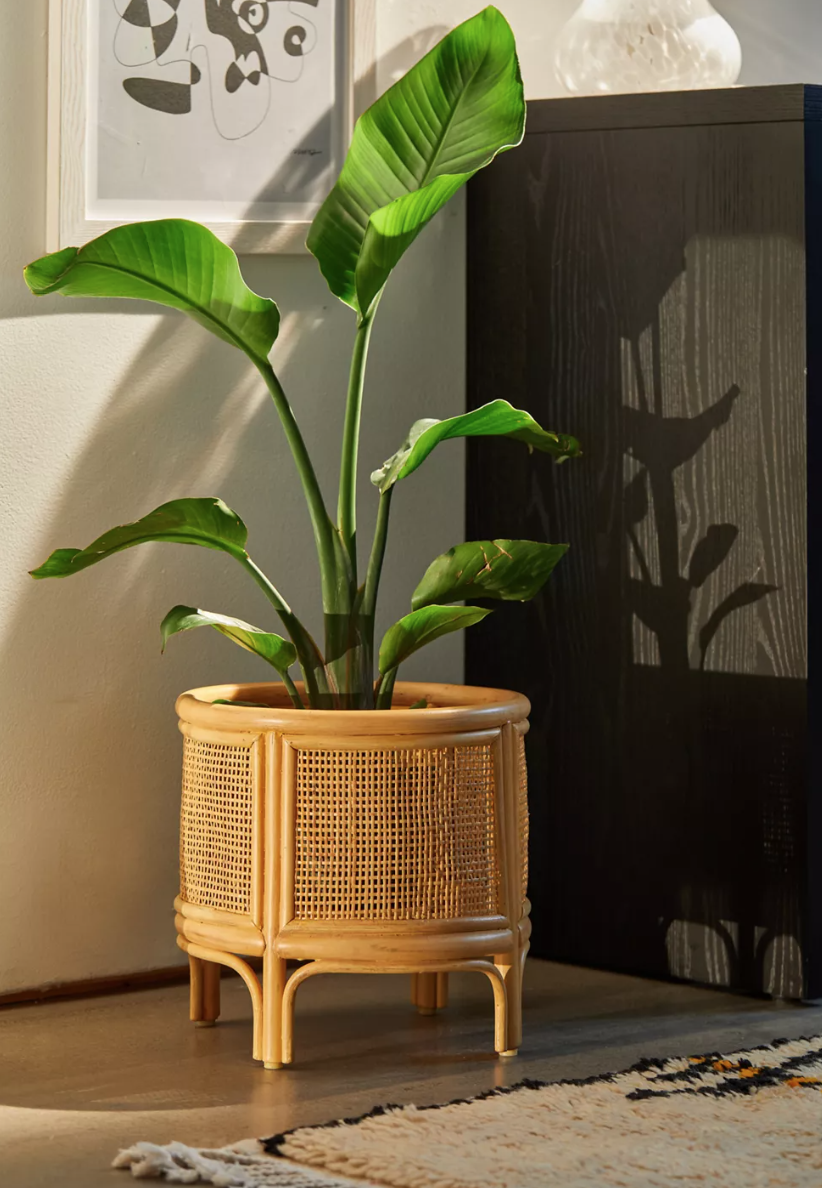5 easy DIY remedies for dying houseplants - we're not going to let you lose them
Have a weak and dull-looking plant that seems to be dying? These DIY home remedies could bring it back to life


These home remedies for dying plants can save your greens before it’s too late. And, it barely costs a thing. Often your plants may look wilted with dwindling life in them; and you'll notice that by just taking a little extra care, you could give it a fresh lease of life.
'Reviving a dying plant can be a race against time,' says Reese L Robins, a gardening expert at Just Pure Gardening. 'Most DIY plant revival methods work gradually, requiring patience to see results. Unfortunately, when your plant is weak and on the brink of death, time is a luxury you can't afford. In such critical situations, it's perfectly acceptable to use synthetic fertilizers to give your struggling plant a much-needed boost.'
To help you through the process, we asked experts on the best tried-and-true indoor garden hacks to get your plants blooming again. Here are some DIY remedies to try.
What are the reasons for the plant to wilt?

To understand where you went wrong, Whitney Bromberg Hawkings, founder of FLOWERBX lists out the possible errors you may have made to weaken the plant.
1. Overwatering: House plants that have been overwatered are likely to look droopy and a little lackluster. The most important thing here is speed – don’t leave your plant’s roots sitting in water for too long, as waterlogging can cause rot that’ll ultimately kill your plant.
2. Too much sun: It’s pretty easy to visually identify a plant that’s had too much sun. Expect to see bleached, crispy leaves, scorched greenery, and hard, dry compost.
3. Underwatered plant: Underwatered plants are visually asking for hydration. Their foliage becomes dry and noticeably shriveled, while you’ll also spot leaves dropping day by day. Any soil in your houseplant’s container will be cracked and hard – lacking any of the moisture your plant will need to survive and thrive.
The Livingetc newsletters are your inside source for what’s shaping interiors now - and what’s next. Discover trend forecasts, smart style ideas, and curated shopping inspiration that brings design to life. Subscribe today and stay ahead of the curve.
4. Plants with not enough light: Potentially the most common houseplant issue especially in the winter is plants not getting natural light. You can identify a plant crying out for Vitamin D by a lack of growth and small leaves with little color that drop easily with the slightest movement.
DIY Remedies to revive a plant

Reese L Robins, gardening expert at Just Pure Gardening takes us through some effective DIY remedies on how to revive a plant and how to fertilize houseplants naturally.
1. Cinnamon: Cinnamon is a natural antifungal agent, shielding plants from fungal infections and diseases. To protect them from rotting or wilting, simply sprinkle a bit of cinnamon powder on the soil surface or apply it to cut stems.
2. Banana Peels: Boost your plants' growth and health with nutrient-rich banana peels. These peels are packed with potassium, phosphorus, and other essential nutrients. You can enhance your plants by burying banana peels in the soil near their roots or by creating banana peel tea. To make the tea, soak the peels in water for a few days and then use the infused water to fertilize your plants.
3. Eggshells: Eggshells provide a valuable source of calcium, crucial for strengthening your plants' cell walls. To utilize them, crush eggshells and mix them into the soil. Alternatively, make eggshell water by boiling them in water and then use the cooled-down solution to hydrate your plants.
4. Coffee Grounds: Coffee grounds offer acidity that can lower soil pH, benefiting specific plants. They also contain nitrogen, promoting leaf growth and vibrant green color. To use coffee grounds effectively, sprinkle them on the soil surface or include them in a compost mix with other organic materials.
5. Epsom Salt: Epsom salt, composed of magnesium and sulfur, plays a vital role in photosynthesis and flowering for your plants. To provide these essential nutrients, dissolve Epsom salt in water and apply it as a spray on your plant's leaves or add it to the soil around the base of your plants.
What extra precautions can you take to keep the plants healthy?
From choosing the most popular houseplants to ensuring you're taking the right steps for their well-being, consider these points suggested by Reese.
1. Proper Watering: The most common cause of plant distress is incorrect watering. To rescue your struggling plant, it's crucial to water it appropriately. Overwatering can lead to root rot, while underwatering can result in dehydration. Take the time to understand your plant's watering requirements based on its species and adjust your watering routine accordingly.
2. Repotting: Sometimes, a plant's root system outgrows its container, causing stress and hindering its growth. If you notice this issue, repot your plant into a slightly larger pot filled with fresh, well-draining soil. This gives the roots more space to grow and access the essential nutrients they need.
3. Pruning and Trimming: Overgrown or damaged branches can burden a struggling plant. To help it recover, trim away any dead or unhealthy leaves and stems. This redirection of the plant's energy promotes healthy growth. Ensure you use clean and sharp scissors or pruning shears to avoid further harm to your plant.
4. Humidity Control and Environment: Maintaining the right humidity levels and environmental conditions is vital for certain houseplants' well-being. To assist your struggling plant, invest in a humidity tray, regular misting, or a room humidifier to ensure it enjoys the ideal moisture levels. Additionally, be mindful of its placement, avoiding exposure to drafts, extreme temperatures, or direct sunlight if these conditions aren't suitable for your plant's specific requirements.
5. Pest and Disease Inspection: Another critical step in rescuing a struggling plant is to thoroughly inspect it for pests and diseases. These unwanted invaders can weaken your plant further. Carefully examine the leaves, stems, and soil for any signs of pests like aphids, mealybugs, or spider mites, as well as symptoms of diseases such as mold or mildew. If you identify any issues, take action by isolating the affected plant, removing pests manually if possible, and treating the diseases using appropriate treatments.

Aditi Sharma Maheshwari started her career at The Address (The Times of India), a tabloid on interiors and art. She wrote profiles of Indian artists, designers, and architects, and covered inspiring houses and commercial properties. After four years, she moved to ELLE DECOR as a senior features writer, where she contributed to the magazine and website, and also worked alongside the events team on India Design ID — the brand’s 10-day, annual design show. She wrote across topics: from designer interviews, and house tours, to new product launches, shopping pages, and reviews. After three years, she was hired as the senior editor at Houzz. The website content focused on practical advice on decorating the home and making design feel more approachable. She created fresh series on budget buys, design hacks, and DIYs, all backed with expert advice. Equipped with sizable knowledge of the industry and with a good network, she moved to Architectural Digest (Conde Nast) as the digital editor. The publication's focus was on high-end design, and her content highlighted A-listers, starchitects, and high-concept products, all customized for an audience that loves and invests in luxury. After a two-year stint, she moved to the UK and was hired at Livingetc as a design editor. She now freelances for a variety of interiors publications.

